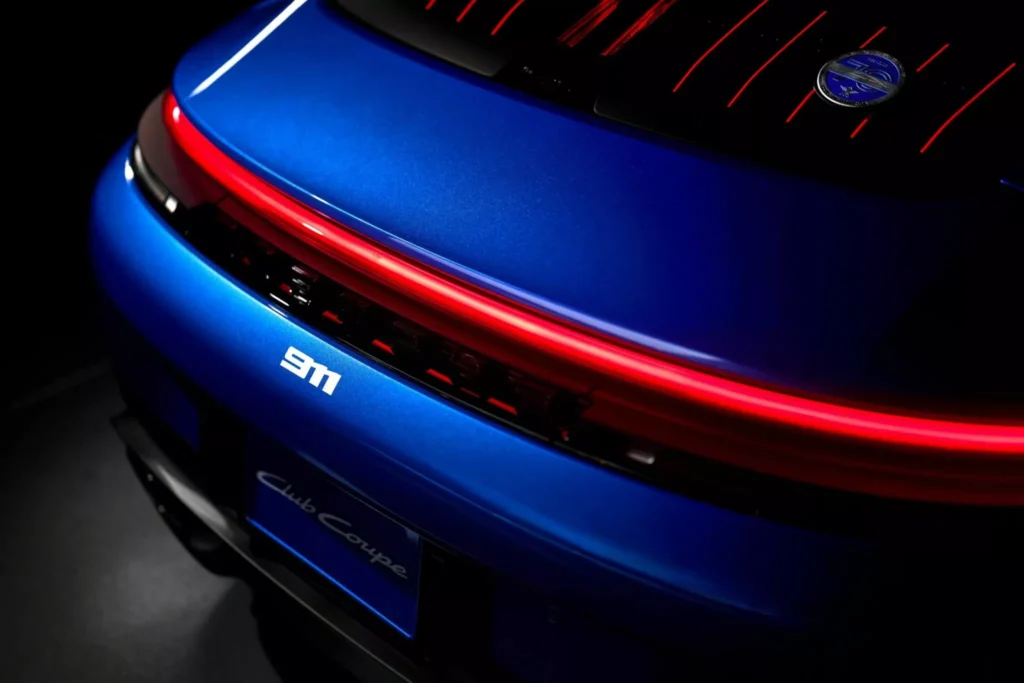
Few vehicles command as much respect and admiration as the Porsche 911. For over six decades, this legendary German sports car has maintained its status as a performance icon, blending cutting-edge engineering with timeless design.
From the roar of the flat-six engine to the perfectly tuned handling, the 911 is more than just a car—it’s a driver’s experience. Yet, even icons have their imperfections. Whether you’re a long-time enthusiast or a prospective buyer, understanding some of the common issues faced by 911 models over the years can help you maintain your vehicle and avoid costly surprises down the line.
Technical Specifications: Porsche 911 at a Glance
The Porsche 911 is available in a variety of trims and configurations, but its core engineering has remained loyal to its heritage. Most 911 models are powered by a rear-mounted, flat-six engine (also known as a boxer engine), a design that contributes to the car’s low centre of gravity and unique driving feel.
- Horsepower: Depending on the model year and variant, the 911 can produce anywhere between 370 hp (Carrera base models) to over 640 hp (Turbo S and GT2 RS).
- Engine Sizes: Engines typically range from 3.0L twin-turbocharged flat-sixes in newer models to naturally aspirated 3.6L and 3.8L engines in older 996 and 997 generations.
- Transmission: Options include the 7-speed PDK dual-clutch, 6- or 7-speed manual, and older Tiptronic automatic gearboxes.
- Tyre Sizes: Front tyres usually range around 235/40 ZR19, while rears can be as wide as 305/30 ZR20, depending on the model and trim.
- Top Speed: Ranges from 290 km/h in base models to over 330 km/h in high-performance trims like the GT3 or Turbo S.
- 0–100 km/h (0–62 mph): Varies from 4.2 seconds in base Carrera models to under 3 seconds in high-end Turbo variants.
These figures make the 911 not only a high-performance machine, but also a remarkably usable everyday sports car. However, as with any vehicle—especially one with such complexity—some issues tend to emerge over time.
Common Issues on Porsche 911 by Generation
996 Generation (1998–2004):
While the 996 marked a turning point for the 911 with its shift to water-cooled engines, it also introduced some notorious mechanical problems. Chief among them is the IMS (Intermediate Shaft) bearing failure—a design flaw that could lead to total engine failure if the bearing collapsed. Additionally, many 996s suffered from rear main seal (RMS) leaks, which led to oil loss and potential engine damage. Headlight fogging and worn interior plastics were also frequently reported.
997 Generation (2005–2012):
The early 997 models continued to struggle with IMS bearing issues (though resolved in post-2008 models). Coolant pipe separation—especially in Turbo models—could cause severe overheating if not addressed. Some owners have also experienced air-oil separator failures, which present as heavy smoke from the exhaust. And while rare, the cost of something as simple as car key replacement can be shockingly high on these models due to advanced electronic security systems integrated with the ignition and immobiliser.
991 Generation (2012–2019):
Porsche addressed many of the legacy mechanical problems in the 991, but new challenges appeared with added tech. Electrical faults such as faulty sensors, infotainment glitches, and adaptive light malfunctions became more common. Some cars also experienced premature brake wear or PDK transmission quirks, especially under aggressive driving conditions. Cooling system issues persisted in some units, especially around the radiator and water pump.
992 Generation (2019–present):
While generally robust, the 992 series is still relatively new, so long-term problems are still emerging. A few early owners have noted intermittent software bugs and suspension noise in cold weather. As tech gets more sophisticated, so does the potential for electronic gremlins—from lane-keep assist alerts to smartphone connectivity hiccups.
Additional Maintenance Considerations
Besides the mechanical issues mentioned, owners should be prepared for premium maintenance costs. Brake jobs, tyre replacements, and clutch services on high-performance models can be significantly more expensive than on standard cars. Moreover, the 911’s rear-engine layout can make even routine service tasks more labour-intensive, contributing to higher labour costs.
Losing your key can also be a headache; car key replacement for a Porsche 911 isn’t just a matter of cutting a new key. These keys are often paired with digital codes, remote functionality, and anti-theft systems, meaning replacement typically requires programming at a Porsche dealership or with a proffesional car locksmith – a service that can cost hundreds, if not more.
Disclaimer
The Porsche 911 remains one of the most refined and rewarding sports cars money can buy. Despite the issues mentioned above, many owners enjoy decades of trouble-free driving with regular maintenance and care. It’s important to remember that the 911 is a high-performance machine, and some level of upkeep is part of the ownership experience. This article is intended to provide general insights based on collective owner experiences and should not be considered professional automotive advice. For any specific concerns, it’s best to consult a certified Porsche technician or specialist.
